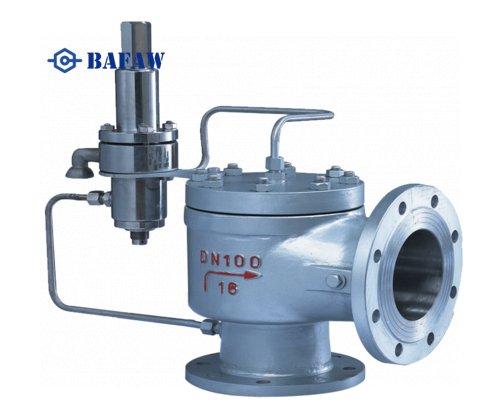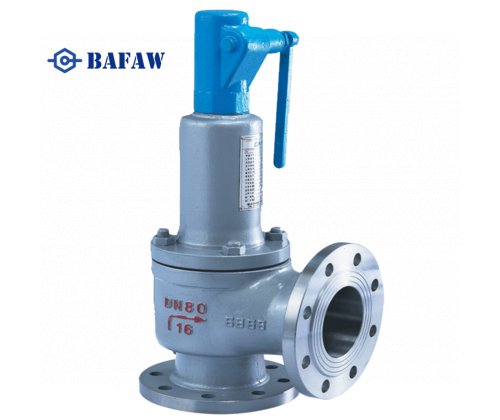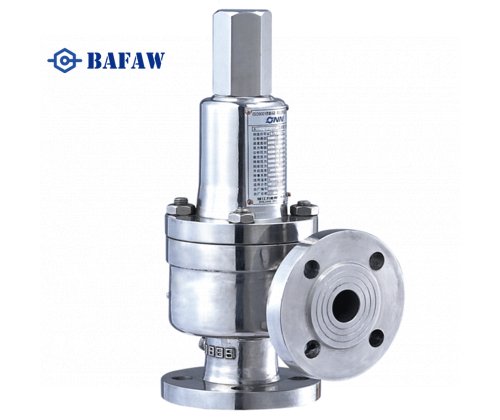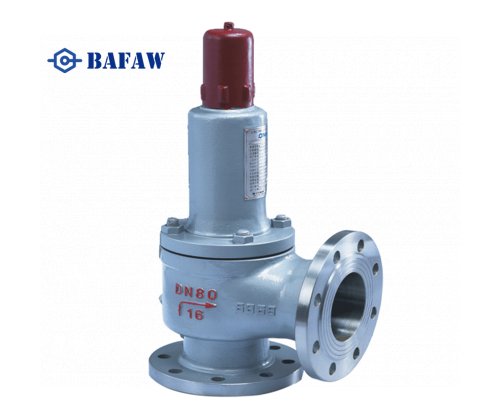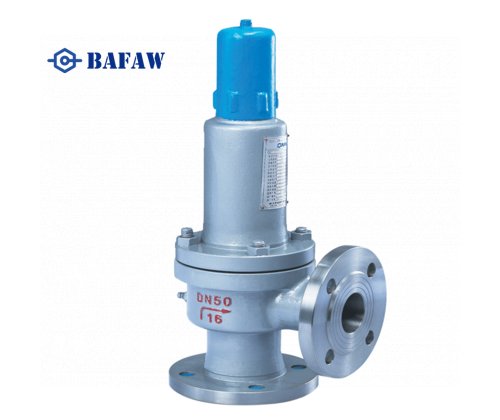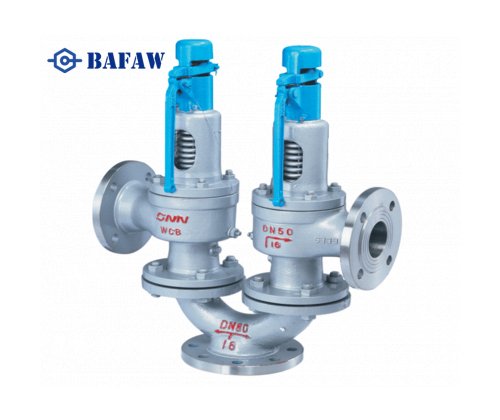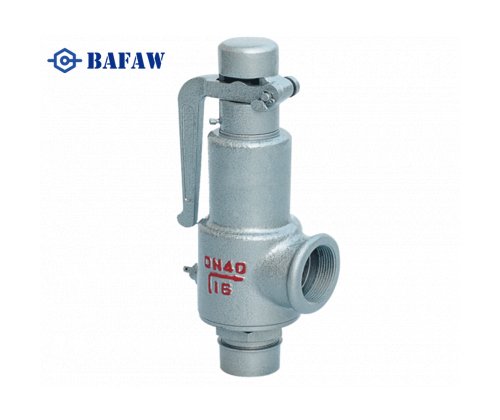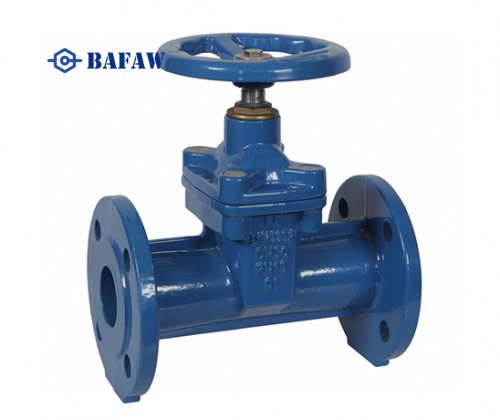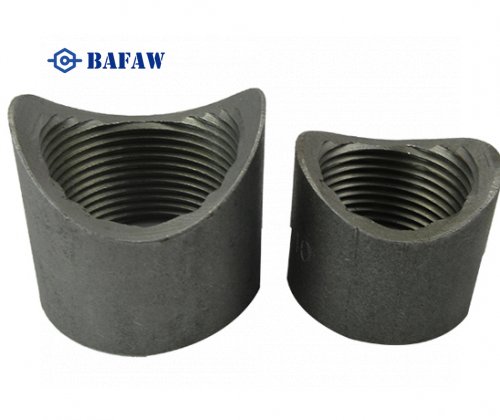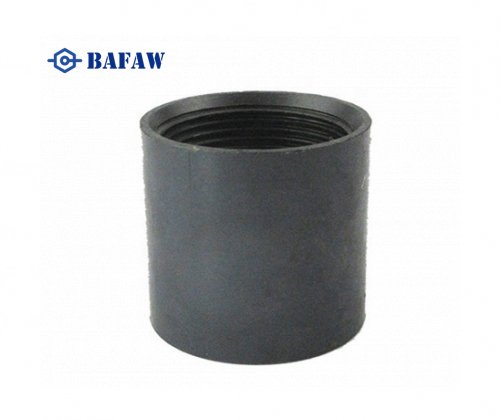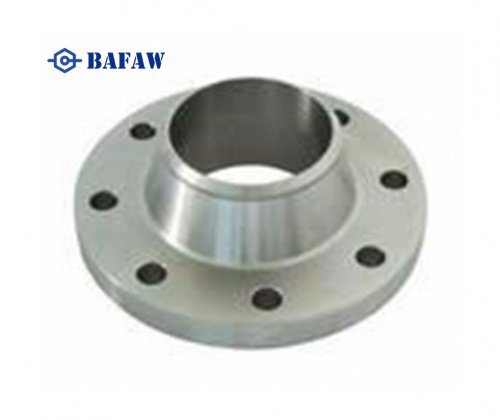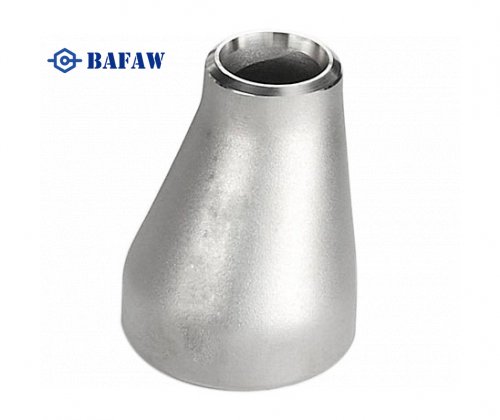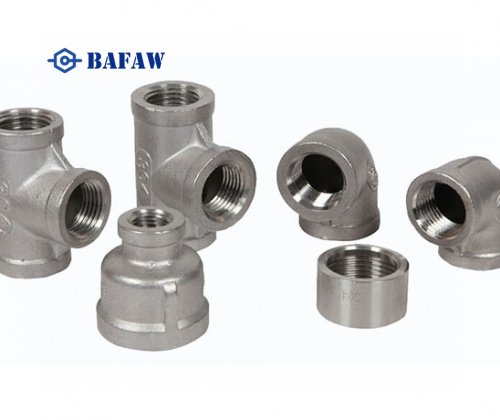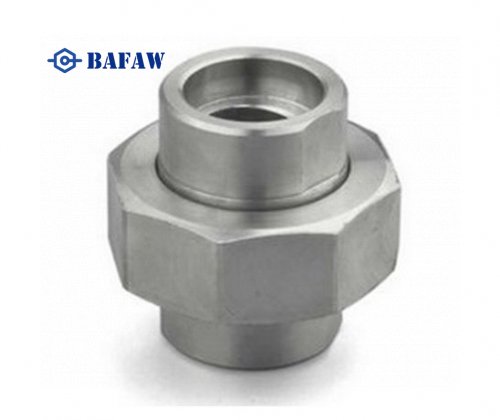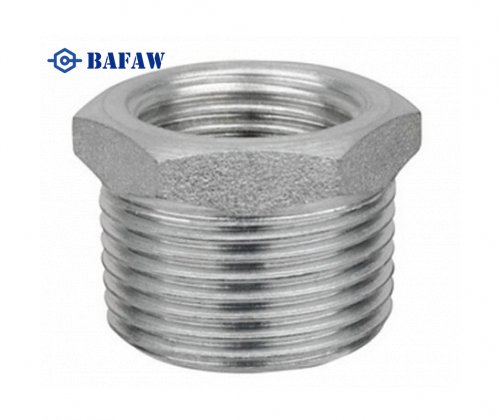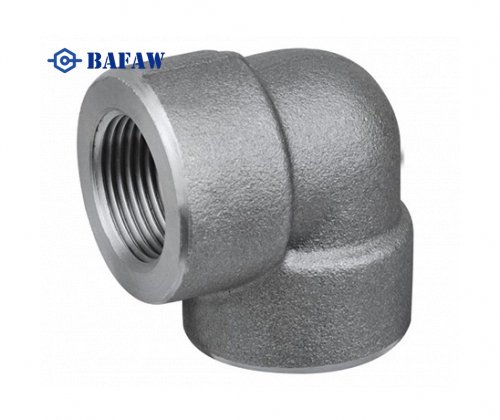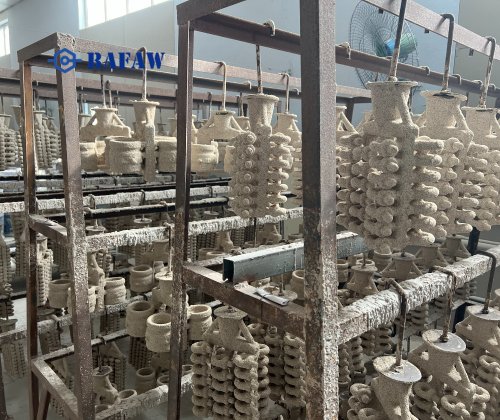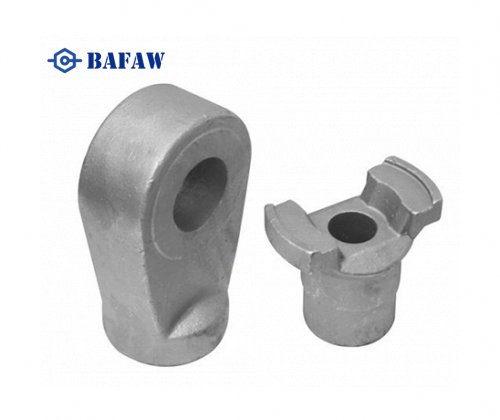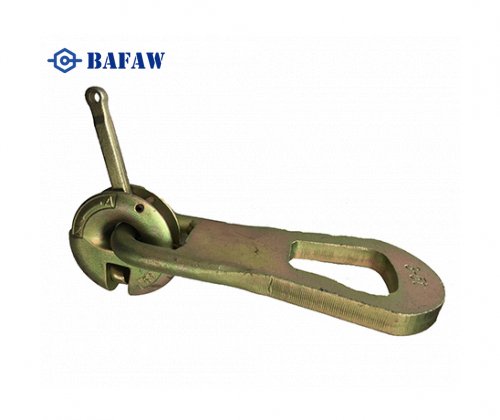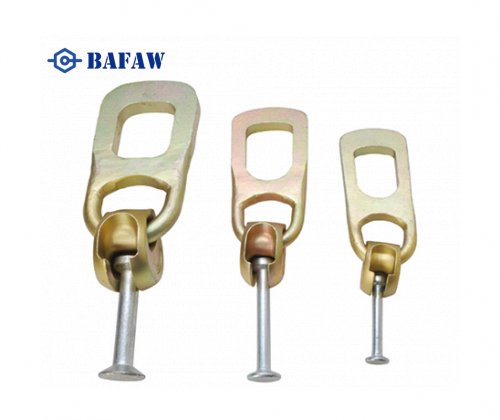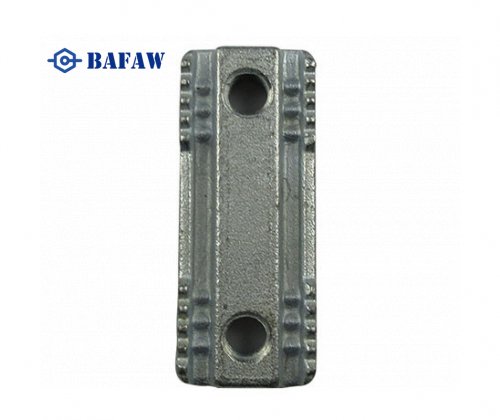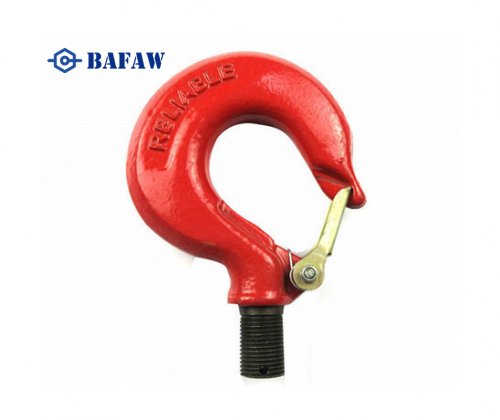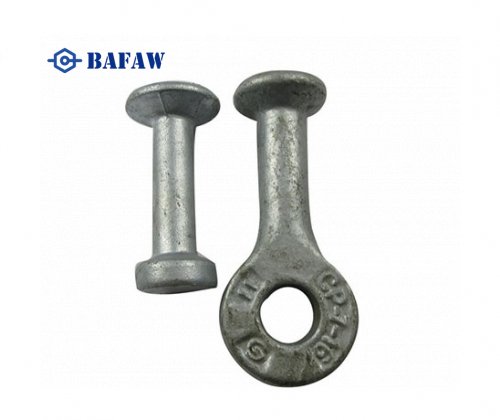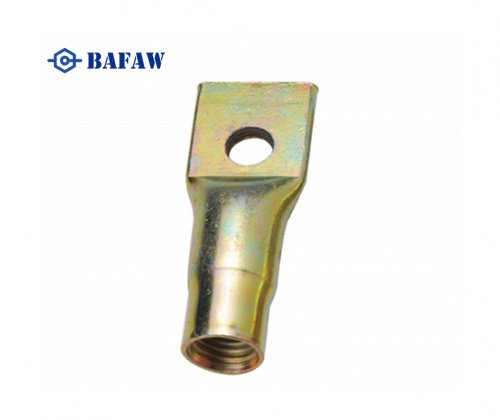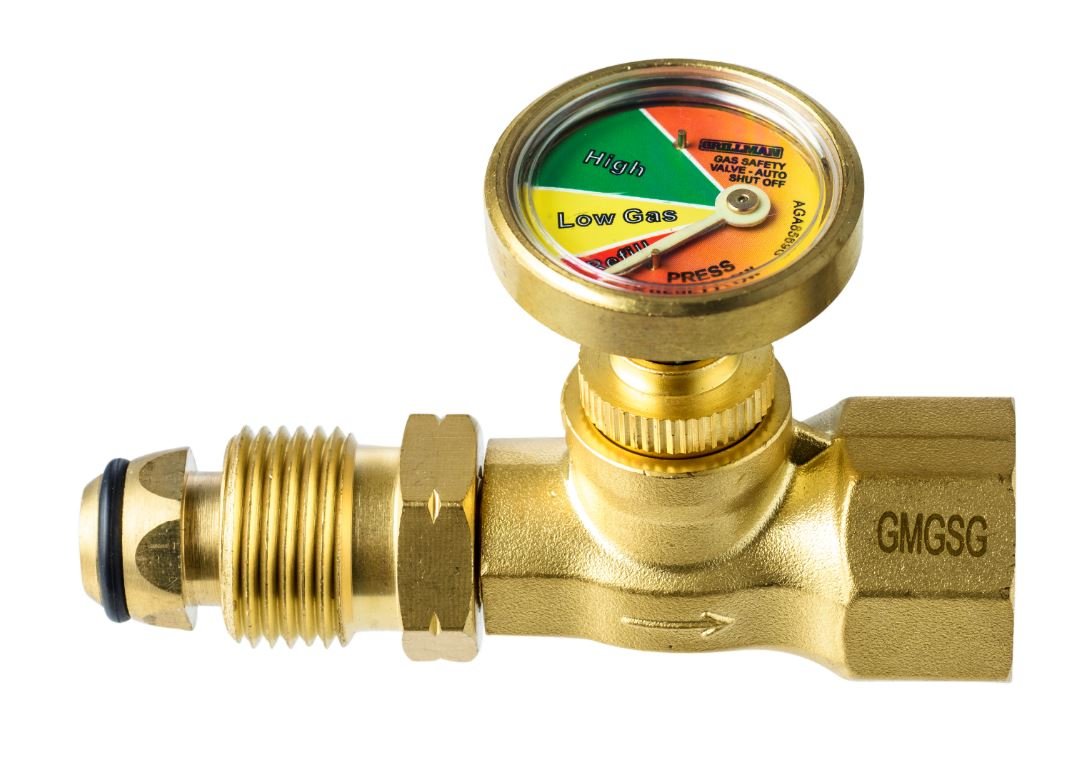Products that you may be interested in
-

High Pressure Pilot Operated Relief Valve
-

Steam Boiler Safety Valve
-

Stainless Steel Flanged Safety Relief Valve
-

High Temperature Manual Release Steam Valve for Gas High Pressure
-

Closed Type Flanged End Spring Low Lift Safety Valve
-

Y Type Double Spring Loaded Safety Valves
-

Spring Steam Boiler Pressure Relief Valve
-

DIN3352 F5 Resilient Seat Cast iron Gate Valve
-

OEM Grey Iron And Ductile Iron Sand Casting Parts
-

OEM Carbon Steel Precision Casting Part
-

Ring Clutch - Precasting Concrete Lifting Ring Clutch
-

Lifting clutch
-

Double Clamp Nut
-

Carbon steel & Stainless steel Forging Metal Hook
-

OEM High Quality Forging Parts With Clevis End Fitting
-

Fixing Insert - Flat End Lifting Socket - Fixing Socket With Cross Hole

